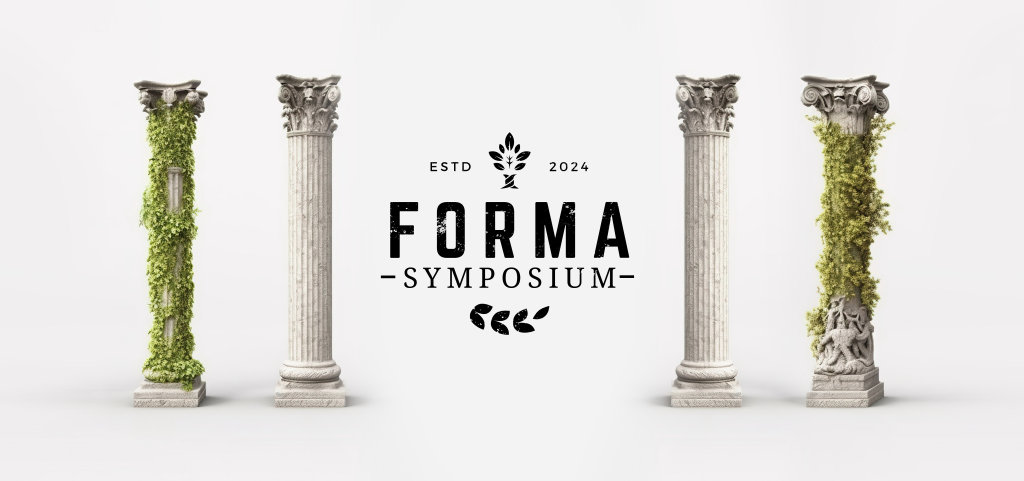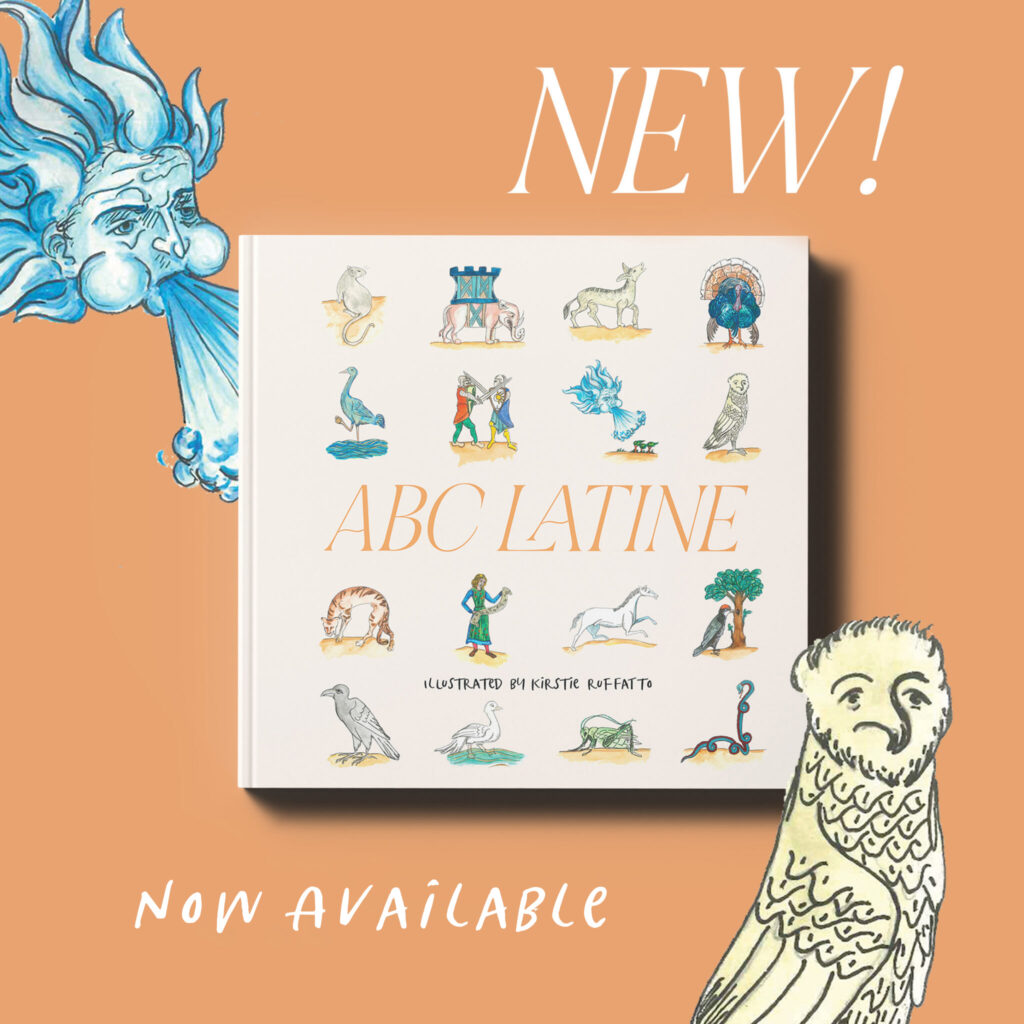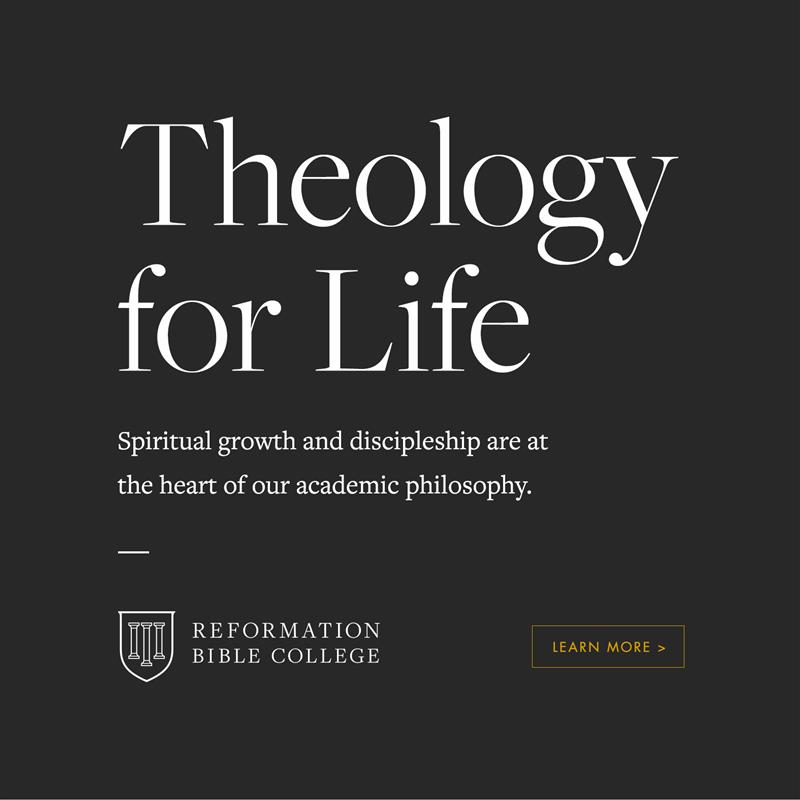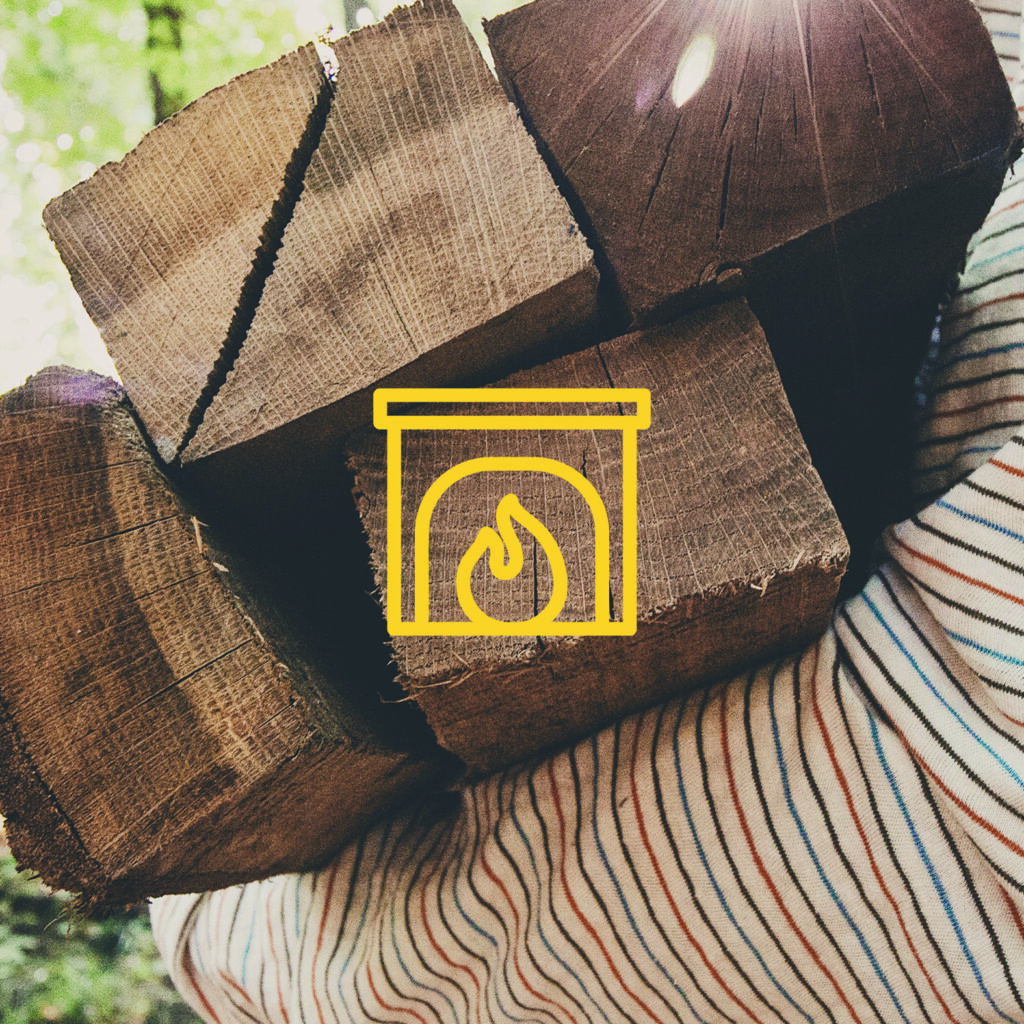This morning I begin teaching the first several weeks of our Cosmology course at New College Franklin. In preparation for the class, I developed a partial list of cosmological ideas that I plan on covering over the next weeks. My goal was to situate the discussion of cosmology within a greater medieval and theological context while providing enough handles that future connections and ideas can be made by students. The rest of the course will cover more concrete aspects of astronomy and cosmology.
你会其他概念包括什么?
Cosmology Catechism (2019)
Omnis mundi creatura Quasi liber et picture
Nobis est in speculum: Nostrae vitae, nostrae mortis,
Nostri status, nostrae sortis. Fidele signaculum.
—Alain de Lille, twelfth Century
[All the world’s creatures, as a book and a picture, are to us as a mirror; in it our life, our death, our present condition and our passing are faithfully signified.]
1. Why do we study Cosmology?
We study cosmology because Yahweh has revealed Himself in the things that He has made, all creation sings His praises, and He has entrusted the cosmos to mankind to rule, tend, and cultivate.
2. What is the Cosmos?
“Cosmos” comes from the Greek word for order. The Cosmos is the ordering of all of creation and its various interworkings.
3. Who are you?
I am a vice-regent of the Creator entrusted to rule, tend, and cultivate the cosmos as a sub-creator to bring harmony to discord and to be an agent of shalom.
4. What is number?
Number is a divine symbolic language that can be used to describe the created order of the cosmos which is upheld by Christ by the word of His power.
5. Is Mathematics created?
Mathematics is discovered, not created.
6. What is the Quadrivium?
The Quadrivium is the study of the language of creation through the means of arithmetic, geometry, music, and astronomy.
7. What is Arithmetic, Geometry, Music, and Astronomy?
Arithmetic is number and the meaning of numbers. Geometry is number in relationship. Music is number in relationship in time. Astronomy is number in relationship in time and space.
8. What does Athanasius say about order?
Concerning order, Athanasius writes, “But if the world is founded on reason, wisdom, and science, and is filled with orderly beauty, then it must owe its origin and order to none other than the Word of God.”
9. How does Plotinus connect the microcosm and the macrocosm?
Plotinus writes, “All things are full of signs and it is a wise man who can learn about one thing from another.”
10. How does Schall connect the microcosm and the macrocosm?
Schall writes, “The highest things often have ‘footprints,’ as the medievals put it, among the lower things. Nothing is fully explained without everything, but what we do not yet know is not to be an excuse for not knowing what we can know.”
11. What is the Neo Platonic Triad?
The Neo-Platonic Triad is The One (agathonorDeus), The Divine Mind (nousormens), The World-Soul (Psycheoranima).
12. How is the Neo-Platonic Universe divided?
The Neo-Platonic Universe is divided into The One, The Divine Mind, The World-Soul, Matter (Celestial Bodies & Terrestrial Bodies).
13. What are the Four Contraries?
The Four Contraries are: hot (summer), cold (winter), wet (autumn), dry (spring).
14. What are the Four Sublunary Elements?
The Four Sublunary Elements are Earth, Water, Air, and Fire.
15. What are the Celestial Spheres?
The Celestial Spheres are the nine concentric spheres that surround the earth. They are Moon, Mercury, Venus, Sun, Mars, Jupiter, Saturn, the Fixed Stars, and thePrimum Mobile. The Empyrean, the dwelling place of God, lies beyond.
16. What are the Constellations of the Zodiac?
The Constellations of the Zodiac are Aries, Taurus, Gemini, Cancer, Leo, Virgo, Libra, Scorpio, Sagittarius, Capricorn, Aquarius, and Pisces.
17. What are the Four Bodily Humors?
The Four Bodily Humors are Melancholic (Black Bile), Phlegmatic (Phlegm), Sanguine (Blood), and Choleric (Yellow Bile).
18. What is the Sacred Tetractys?
The Sacred Tetractys, or Plato’s Lambda, is comprised of the Monad, the first even and odd, the first even and odd squares, the first even and odd cubes.









